This 1970 Challenger has the Hi-Po version of the 383 big-block V8, which gave it an extra five horsepower. The car has also had a color change at some point from “burnt orange” (Hemi Orange?) to a bumble-bee sort of yellow. The body is generally good for a car that appears to have lived outdoors, and the Dodge runs but doesn’t move (unknown transmission issue). All-in-all, it’s likely a solid prospect to perform a restoration on if you’re looking to rebuild an E-body Mopar. Located in Newbern, Tennessee, this Challenger is available here on eBay where the no reserve auction has reached $8,400.
Dodge got into the pony car fray rather late, five years after the Ford Mustang started all the noise. The Challenger would share its new E-body platform with the renewed Plymouth Barracuda, but not sheet metal. They would build nearly 77,000 copies the first year (1970), but that would be the peak and Chrysler would exit the pony car space after 1974. 18,512 R/T (Road/Track) versions of the Challenger were produced in ’70, which provided for a tighter suspension package. If you drill down to the R/T with the 383 and a TorqueFlite automatic, 6,347 copies left the factory, which would include the seller’s car.
Of late, we’ve seen quite a few Challengers and Barracudas offered as projects where the viability of doing a restoration is highly questionable. This car looks like the exception. Other than some rust in the floor pan in front of the driver’s seat, this may be a corrosion-free car. And the seller is providing a correct replacement should you want to swap them out. We don’t see any dents in the sheet metal and the only missing trim pieces are likely those above and around the headlights. In the photos provided, you don’t really see any evidence of the car’s former color. What the seller thinks might be burnt orange looks like primer red to me.
The interior is said to be complete except for carpeting (removed) and that the Rallye dash has been swapped for one with a standard instrument cluster. But what’s there is showing its 83,000 miles and will need a refresh. One of the photos reveals all the seats removed, presumably to show the overall condition of the floorboards (but not the spot where the rust is said to be). We’re told the 383 V8 functions, but work will have to be done on the transmission to get it to pull (diagnosis unknown). This Challenger is equipped with a Sure-Grip 3.45 rear axle.
Quite of a few of these ’70 R/T Challengers pop up for sale online. Drivetrain choices are key to whether they’ll fetch $60,000 or $90,000 (without the Hemi, of course). My gut tells me there’s some upside potential with this car if you can replicate its original execution from 51 years ago.
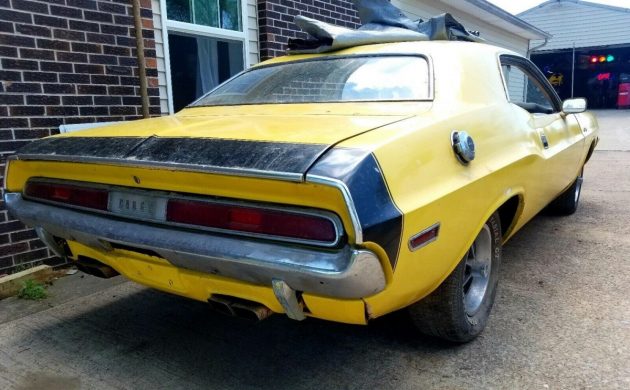
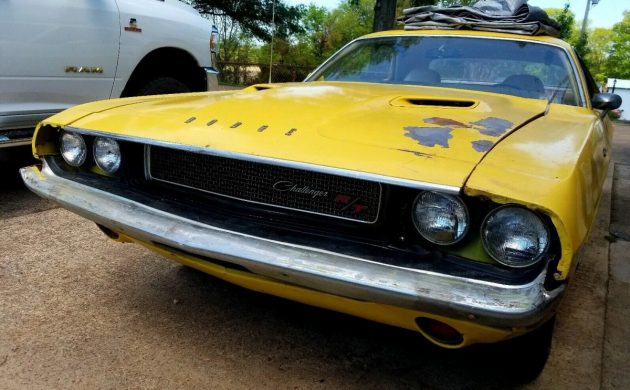
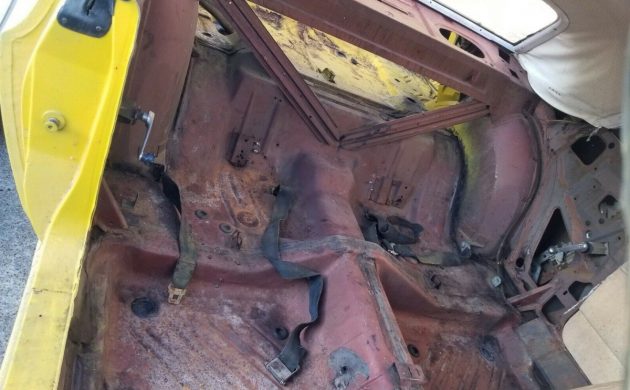
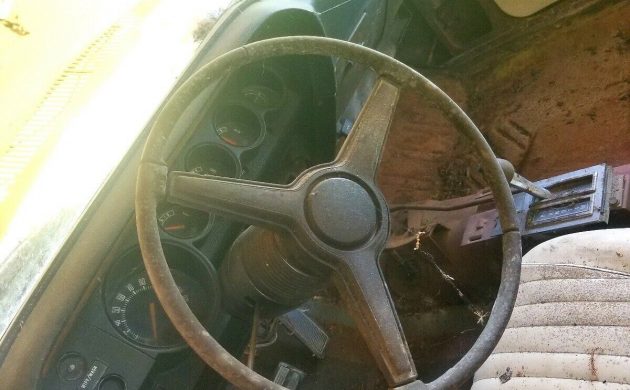
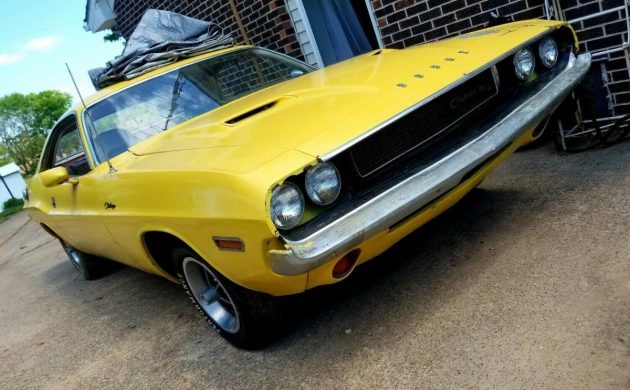


It is FK5 Burnt Orange and it is clearly visible on the floor pans. Hemi Orange is a totally different color. The axle would have been a 3.23, 3.55, or a 3.91.
Must be the economy…..seems like Cudas and Challengers are popping up all over the place
Who swaps a ralleye dash for a standard one? Bubbified?
The guy who treated it like a parts car for their restoration project. I have friends that did things like that in the 1980’s when these cars were still plentiful and relatively inexpensive. It was a way for them to upgrade components that were in better condition or add desirable options. Once finished, they’d sell the car, often for profit and use the money to further the work on the car they actually cared about.
Steve R
I actually think the standard dash is better looking. You could even get a tach,, mind you a small one. The 120 MPH limit is okay with me. Over 120 these cars were too scary anyway.